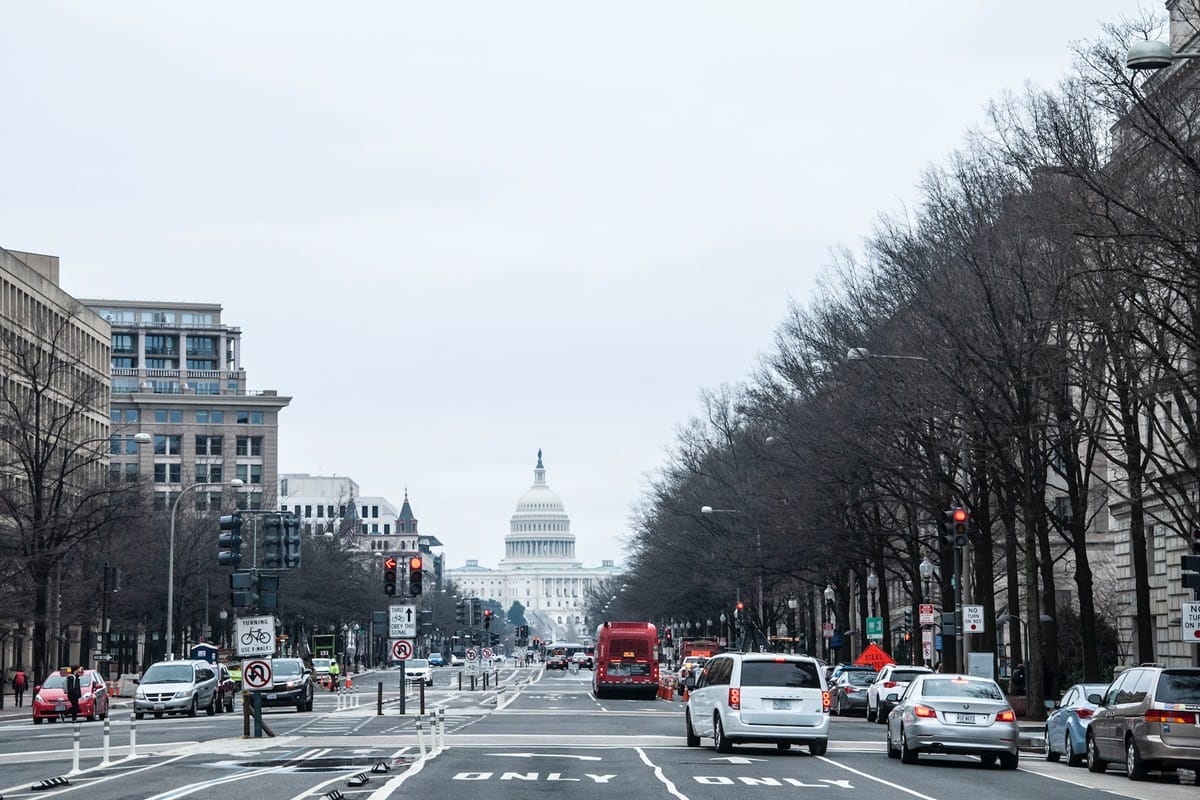The debt of the Government of the United States has exceeded the $34 trillion mark for the first time in history.

The record value of the mentioned indicator was recorded just a few weeks before the deadline for congressional approval of new federal funding plans.
The data, which was published by the US Treasury Department, indicates that the total outstanding government debt amounted to $34,001 trillion as of December 29. This figure is the total amount of outstanding borrowings of the US federal government accumulated over the entire history of the country.
The landmark milestone was crossed just three months after the United States’ national debt reached $33 trillion. In this case, the factor of influence was a sharp increase in the US budget deficit, which is the difference between what the government spends and what it receives in taxes.
Maya MacGuineas, president of the Committee for a Responsible Federal Budget, a fiscal watchdog, described the record level of public debt as a truly depressing achievement. Last Tuesday, January 2, she said that the United States simply cannot stop borrowing. According to her, the current size of the national debt is dangerous for the American economic system and national security.
Currently, the United States is experiencing what can be described as a standoff over the federal budget, which periodically threatens to shut down the government. In this context, an important factor of influence is the growth of public debt, which significantly exacerbates the confrontation between Democrats and Republicans.
Lawmakers in Washington are gradually approaching deadlines for the passage of permanent departmental budgets in January and February. In November, the Senate approved a stopgap funding bill. This was done to prevent the risk of a government shutdown from materializing. The bill extended funding until January 19 for areas such as military construction, transportation, veterans affairs, the energy sector, and housing construction. The rest of the government was funded until February 2.
Maya MacGuineas hopes that politicians will take further measures to reduce borrowing, either by raising taxes and cutting spending or by creating a fiscal commission. She also noted that an effective solution would be to commit all these actions.
Treasury data shows that the debt taken into account when determining the debt ceiling has grown to the level of $33.89 trillion. The debt ceiling limits the amount of borrowing allowed for the government and is a kind of source of political balancing.
The burden of government debt, which is showing an upward trend, in the United States and other countries has become a cause for concern amid rapid interest rate increases. The corresponding policy of the central banks contributes to an increase in the cost of debt servicing.
Data from the Peter G. Peterson Foundation, an American bipartisan group advocating for fiscal responsibility, shows that the United States government spends $2 billion daily on paying interest on debt. The statement of this fund, published on January 2, argues that high and growing debt threatens the economic future. Over the next 10 years, the federal government will spend more on paying the mentioned interest than it traditionally spends on development, education, and infrastructure combined.
Peterson Foundation CEO Michael Peterson predicts that debt will continue to grow in the near term, noting that the Treasury plans to borrow its $1 trillion by the end of March. According to him, the gradual increase in this indicator should be a warning signal for politicians who are thinking about the future.
Sung Won Sohn, an economics professor at Loyola Marymount University, said that so far Washington has been spending money as if it has an inexhaustible resource. The expert also noted that the prospects in this context are gloomy.
In June, the Congressional Budget Office, in its forecast for the next 30 years, estimated that by 2053 the national debt would amount to a record 181% of American economic activity.
Shai Akabas, director of economic policy at the Bipartisan Policy Center, says that one can only guess when the situation will deteriorate significantly, noting that serious consequences will come very quickly after this critical moment. According to the expert, in this case, interest rate hikes may occur, which will provoke an increase in unemployment. Against the background of these circumstances, inflation may grow.
White House spokesman Michael Kikukawa blamed the Republican Party for the current state of affairs. According to him, the current level of public debt is the result of the fact that representatives of this political force actively participated in the practice of giveaways in favor of large corporations and the wealthy.
Republicans claim that borrowing, which involved the administration of US President Joe Biden, caused a sharp increase in inflation in 2022.
As we have reported earlier, US Home Prices Hit Another Record High.









